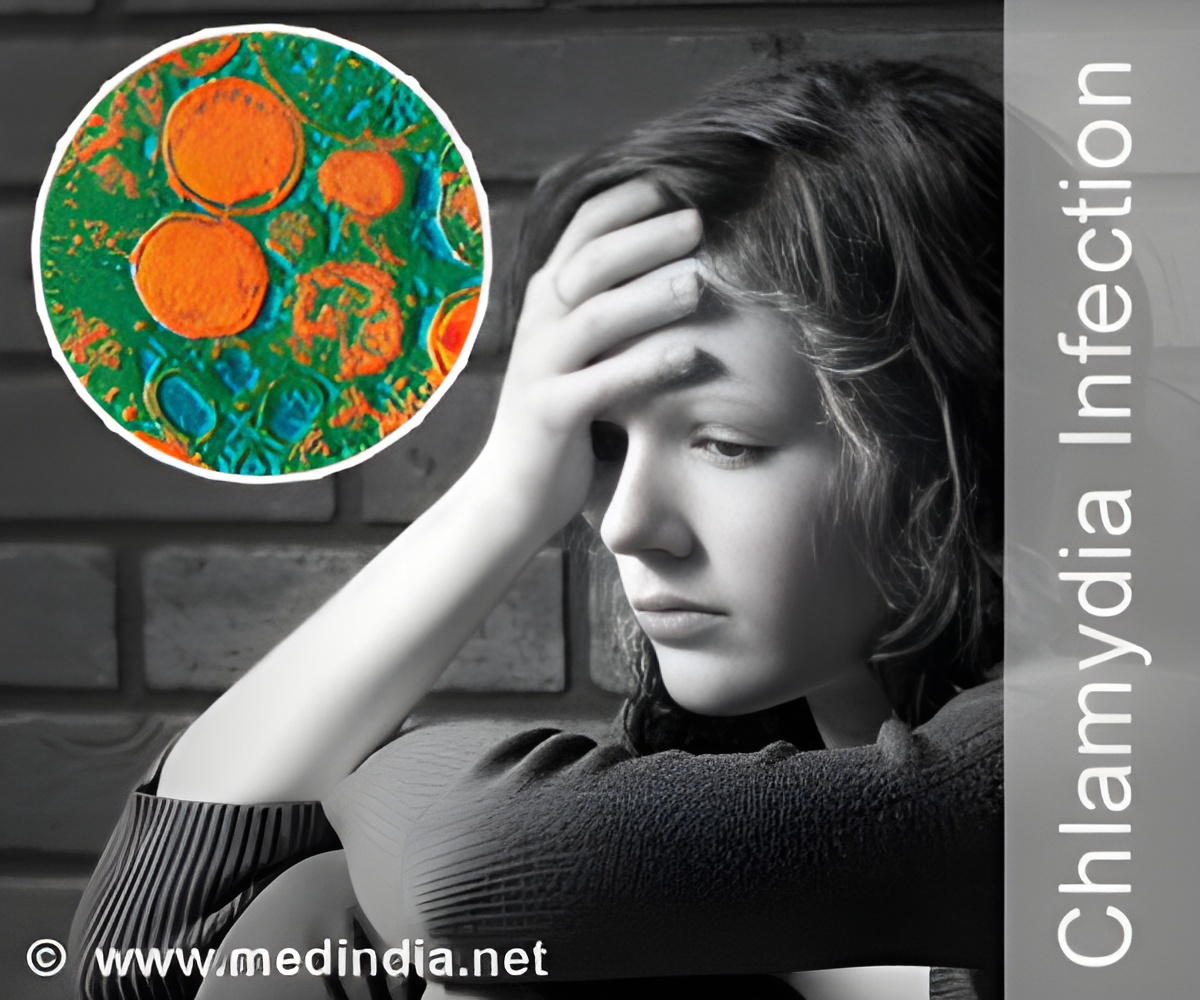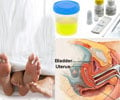
Scientists had long known that Chlamydia infections could be treated with antibiotics that block peptidoglycan synthesis, but previous attempts to detect the molecule in the bacteria were unsuccessful—an apparent paradox known as the "chlamydial anomaly." In the new study, researchers at the Uniformed Services University of the Health Sciences and Indiana University modified certain amino acids, the building blocks of peptidoglycan, by labeling them with chemicals that can be detected using a fluorescent dye. When fed to growing Chlamydia bacteria, the modified amino acids glowed as they were incorporated into peptidoglycan, indicating the regions where the molecule was being produced and confirming its presence.
In addition to helping resolve the chlamydial anomaly, this method can be used to examine other aspects of peptidoglycan production in Chlamydia bacteria. This technique may also be adapted to enhance visualization of peptidoglycan in other bacterial species, the study authors write.
The work, published Dec. 11 in Nature, was supported by the National Institute of Allergy and Infectious Diseases (NIAID) and the National Institute of General Medical Sciences, both of the National Institutes of Health.
Source-Eurekalert












